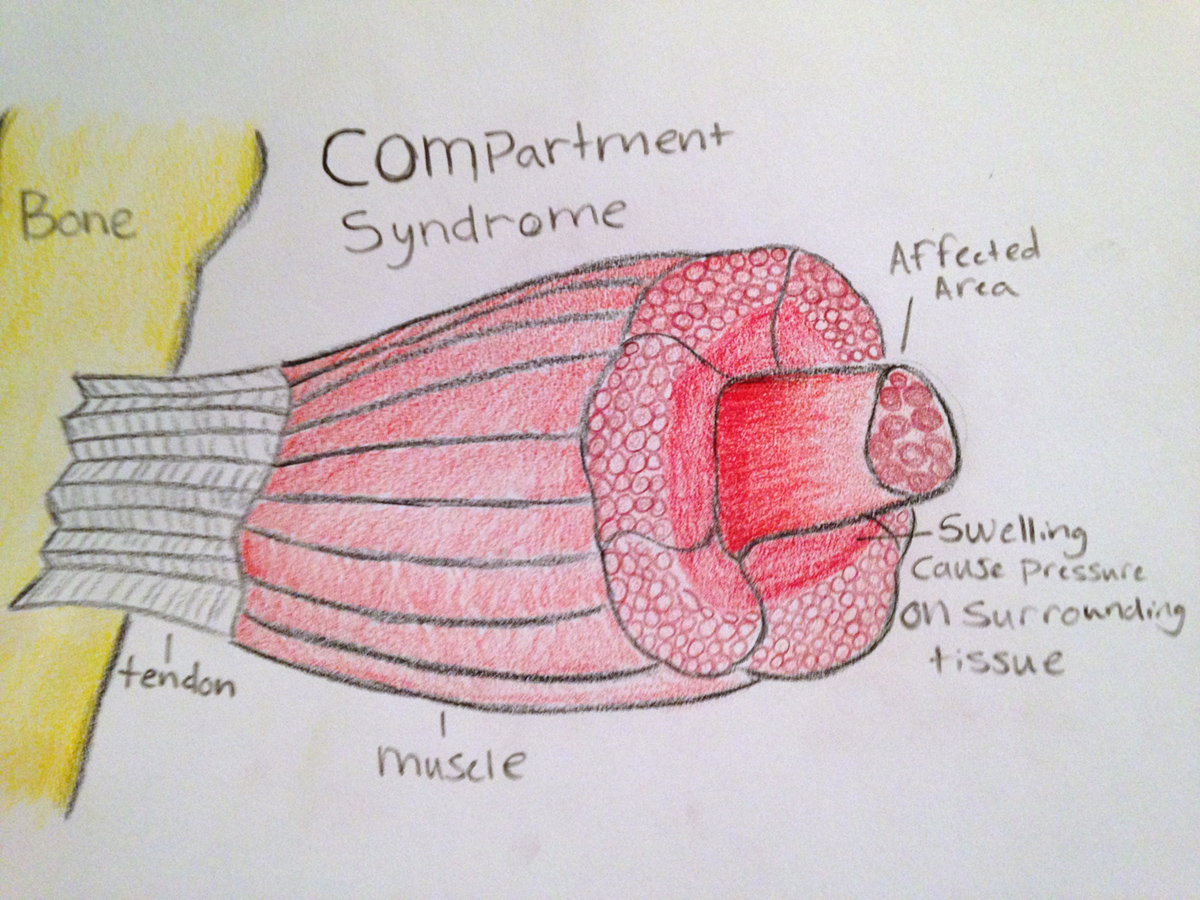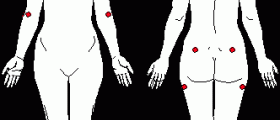
The musculoskeletal system comprises of bones, muscles, joints, cartilage, tendons, ligaments and other connective tissue. The muscles of upper and lower extremities are separated into sections called compartments. Muscles of one compartment are commonly bound by fascia. Compartment syndrome is a medical condition characterized by excess of pressure in muscle compartments. The pressure may significantly interfere with circulation and cause the lack of proper blood supply to certain muscles and subsequently lead to functional abnormalities as well as pain. The pain in such case is quite intensive. If the condition lasts for a longer period of time it is classified as chronic compartment syndrome. What Are Causes of Chronic Compartment Syndrome?
There is a variety of factors associated with chronic compartment syndrome. The condition may result from fluid leakage or fluid retention in the limbs if they last long enough and are not taken care of properly. Another cause of chronic compartment syndrome is excessive swelling of the muscles inside the particular compartment. The swelling can be so intensive that it affects normal blood flow.
The condition generally affects athletes. The explanation is quite simple. Namely, many sports, such as running, fast walking, biking, swimming etc., include repetitive movements which cause the exercise-induced compartment syndrome.
Apart from the previously mentioned, chronic compartment syndrome may occur due to fractures (for example tibial or forearm fractures), prolonged limb compression, crushing injuries of limbs and as a side effect of certain surgeries.
Clinical Characteristics of Chronic Compartment Syndrome
The leading symptom of chronic compartment syndrome is severe pain. The pain is localized deep in the affected limb and is constant. Additional symptoms and signs of chronic compartment syndrome include paresthesia, limb paralysis, numbness of certain parts of the limb (most commonly fingers), pallor and in severe cases absent pulse.
Treatment for Chronic Compartment Syndrome
Diagnosing chronic compartment syndrome and compartment syndrome in general may be quite hard. But once the definitive diagnosis is confirmed patients may benefit from several treatment modalities.
The treatment should starts as soon as possible. Only this way potential complications (irreversible nerve or muscle damage) can be avoided. If left completely neglected the person may end up with ischemic gangrene.
Chronic compartment syndrome may be treated conservatively or surgically. The first approach includes plenty of rest and drugs such as pain relieving medications or anti-inflammatory drugs. These treatments are generally recommended in acute form of the disease. However, since the condition can progress and transform into a chronic form the only option patients are left with is surgery. The surgery for chronic compartment syndrome is only performed in severe cases that do not respond to conservative therapy.

















Your thoughts on this
Loading...